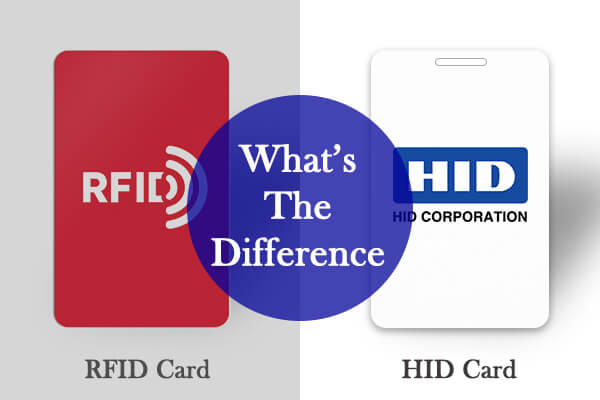In this digitalized era, access control is now easy and fast. RFID and HID cards are more secure than employing several people to man different access points which is often expensive and less secure. For one to be restricted or granted access to different areas in a premise, they should possess an access control card. This card works in conjunction with an access control system to act as a key. The cards are an easy and secure way to control entry.
The technology behind access cards
RFID card
Every smart access card is built on RFID. RFID is the function that allows devices to communicate with each other through radio waves, allowing them to transmit information back and forth. RFID can communicate with chips and distinguish between active and passive devices. Both devices have RFID tags that are loops of wire with chips attached. The chips contain sophisticated circuitry that communicates the data. A passive device doesn’t need a continuous power source. It can remain inactive most of the time and when it approaches an active device, the active device will induce a current through it. A smart card is an example of a passive device that doesn’t need charging or batteries.
HID card
A majority of HID cards contain an RFID chip and an internal antenna. The card has an access control identifier, a chip that sends a signal to a card reader via radio waves through its antenna when in range. The reader then converts this information into a readable form of data and it will decide whether the cardholder can access the premise or not. HID cards operate in either 13.56 MHz (high-frequency) or 125 kHz (low-frequency) radio bands. To improve privacy and security, 13.56 MHz cards are preferred as they have a more sophisticated encoding.
How do these cards work?
HID card
HID cards utilize RFID or a special microprocessor embedded into an ID card. The cards are encoded upon printing usually done with a special encoder. Embedded in an ID card, the ID cards with RFID antennas have small radio receivers that hold the encoded information. The information encoded in the card’s antenna is exchanged with the reader and authenticated when held close to an access card reader.
RFID card
RFID cards store information on a chip embedded in the smart card. The chip contains an embedded secure microprocessor, an antenna, and an internal memory. RFID induction technology powers the card and is also used for communication between the card and the reader. The card should be held near the reader as they communicate using radio frequencies through their embedded antennae. The chip in the card is powered on when the card is brought into the electromagnetic field of the reader. Once it’s on, a wireless communication protocol is initiated and established between the card and the reader for data transfer. RFID smart cards are secure because any RFID reader cannot read the data from any smart card.
Conclusion
RFID cards and HID cards are both proximity cards. Once they are within range of a prox card reader, they will both use radio frequency technology (RFID) to wirelessly open doors.
Click here to learn more about the latest eco-friendly material that we developed for making RFID cards.
You can also click here to learn more about the products that you can use in your project. If you are not sure, welcome to contact our sales experts any time.
.png)
